Enhanging The View
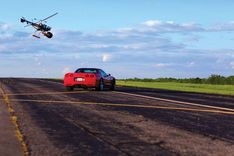
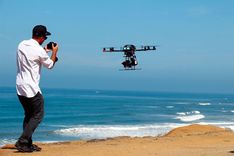
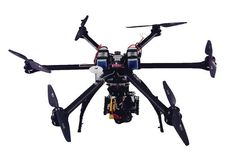
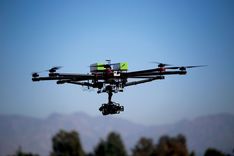
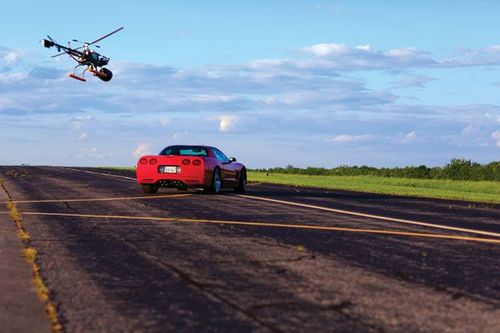
ACTION TRACTION: HeliVideo Productions has provided aerial video to CBS News, the Discovery Channel, Animal Planet, HBO Sports and others. Shown here is one of its UAVs, the Epic 6K Dragon. / PHOTO: HELIVIDEO
November 16, 2023
BY Patrick C. Miller
Advertisement
Advertisement
Related Stories
Preflight and RFI Desense Bench Verification of Maximum Flight Range
Little Threat, Big Challenge: Defending Against Small Unmanned Aerial Vehicles
Integrating Drones into U.S. Airspace: Requirements, Roadmap and Lessons from the Field
As the unmanned aircraft systems industry transitions to more complex operations under 14 CFR 108, there is a growing need for certified professionals with specialized skills in automation, safety and mission management. A structured certification system, aligned to consensus-based standards and supported by academic and industry partnerships, is needed to prepare a job-ready workforce.
Volatus Aerospace Secures Major Multi-Year Agreement with a Leading North American Power Utility to Provide Drone-Based Services
Volatus Aerospace Inc. announced that it has entered into a multi-year agreement with one of North America’s largest electricity transmission and distribution utilities. Under the agreement, Volatus has been selected to provide remotely piloted aircraft system inspection, mapping, and data services across an extensive network of approx. 100,000 miles of transmission and distribution lines.





